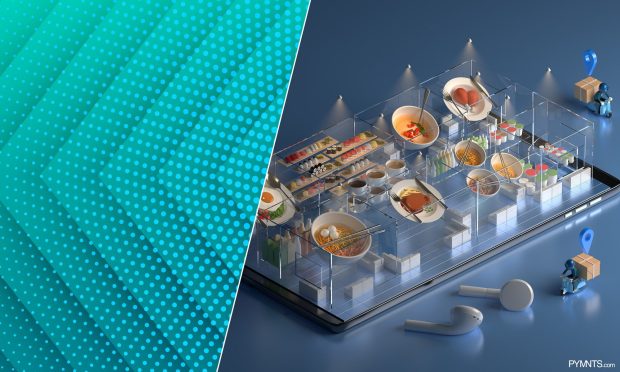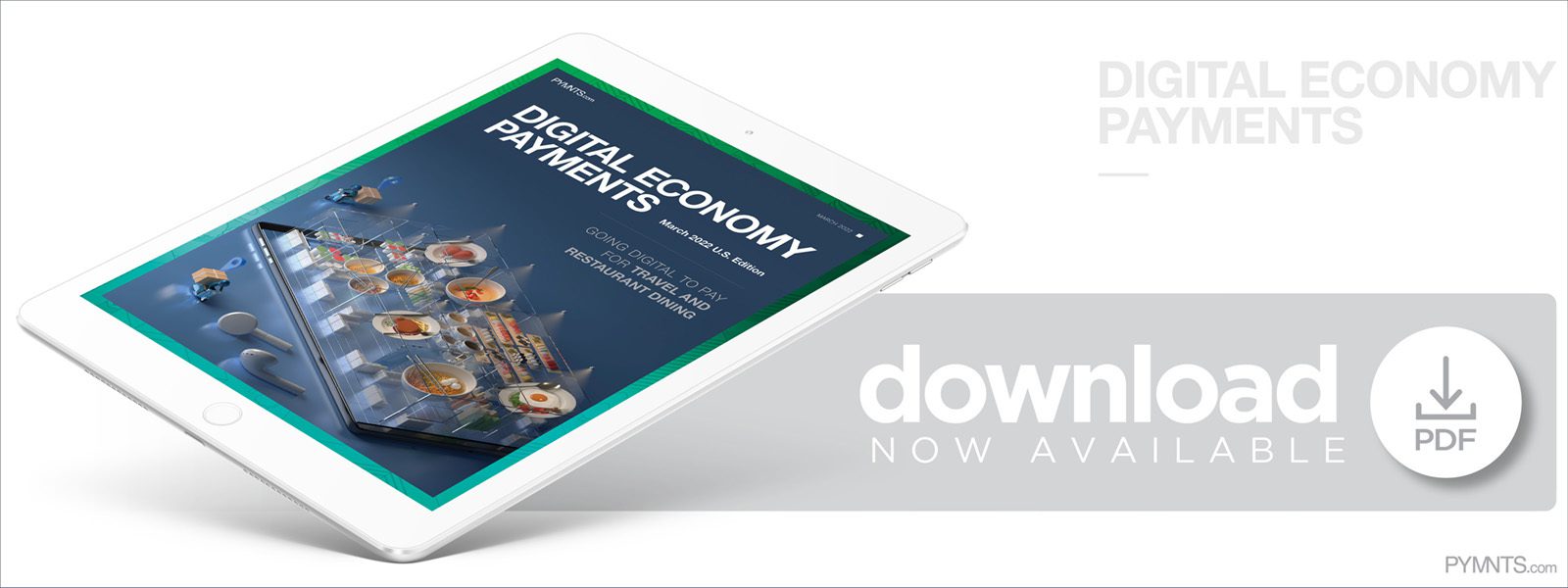Report: U.S. Consumers Take Mobile Payments With Them as They Get Back to Restaurants and Travel

As more consumers venture to dine at restaurants and travel once again, many are sticking with the digital payment habits they developed during the past two years.  Mobile payment methods are becoming central to this shift, especially as consumers look for ways to merge the physical and digital aspects of shopping experiences.
Mobile payment methods are becoming central to this shift, especially as consumers look for ways to merge the physical and digital aspects of shopping experiences.
PYMNTS’ research found that 68% of United States consumers were purchasing food at fast food or table-service restaurants in February. Interest in restaurant dining had scaled back to 66% in January from a high of 73% in December as holiday gatherings ended and the omicron variant became a greater concern. Still, 32% of consumers purchased food via other channels, with 16% using mobile devices.
These are among the findings from the March 2022 U.S. Edition of Digital Economy Payments: Going Digital to Pay For Travel And Restaurant Dining. In this month’s report, PYMNTS examines how consumers’ shopping and payment behaviors when purchasing groceries, food, retail products and travel services have evolved as the health crisis lessens, and what these trends foreshadow for the remainder of 2022.
More key findings from the study include:
• U.S. consumers spent $8.1 billion on restaurant purchases via PayPal and other digital wallets in February. Although cash is used more frequently than digital wallets, PayPal and other digital wallets now account for the same total value spent on food items. Cash is used for 16% of restaurant sales, for example, while PayPal and other digital wallets account for just 6%. Nevertheless, consumer spending on such purchases was roughly equal, at $8.1 billion for PayPal and other digital wallets and $8.3 billion for cash.
• Fifty-one percent of consumers used mobile devices to purchase travel services in February. Mobile phones are overtaking laptops and desktop computers when shopping online, especially for food items and travel services. The usage of mobile devices to purchase travel services, in particular, has risen steadily during the past few months. Travel service purchases via mobile devices climbed to 48% in January 2022 from 44% in December 2021 and 43% in November 2021.
• Twenty-six percent of consumers used Venmo for their most recent peer-to-peer (P2P) payment in February, up from 19% in January. Meanwhile, 21% of consumers were tapping PayPal for their most recent P2P payment — a drop from 25% in January. With the exception of baby boomers and seniors, consumers from all generations were more likely to use Venmo rather than PayPal for their most recent P2P payment, with Generation X being the most likely at 30%.
To learn more about how U.S. consumers use digital channels to purchase and pay for restaurant dining and travel services, download the report.
